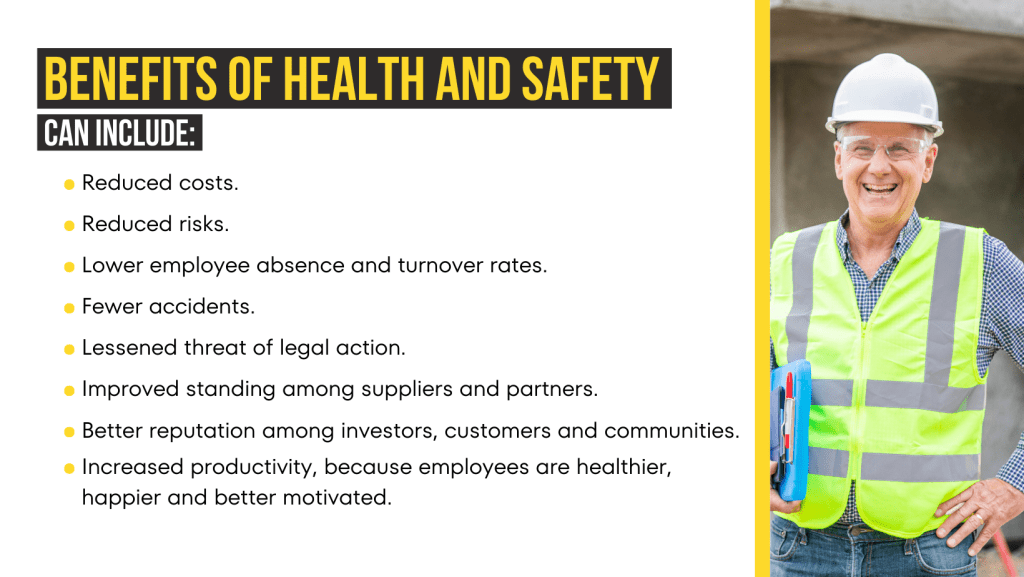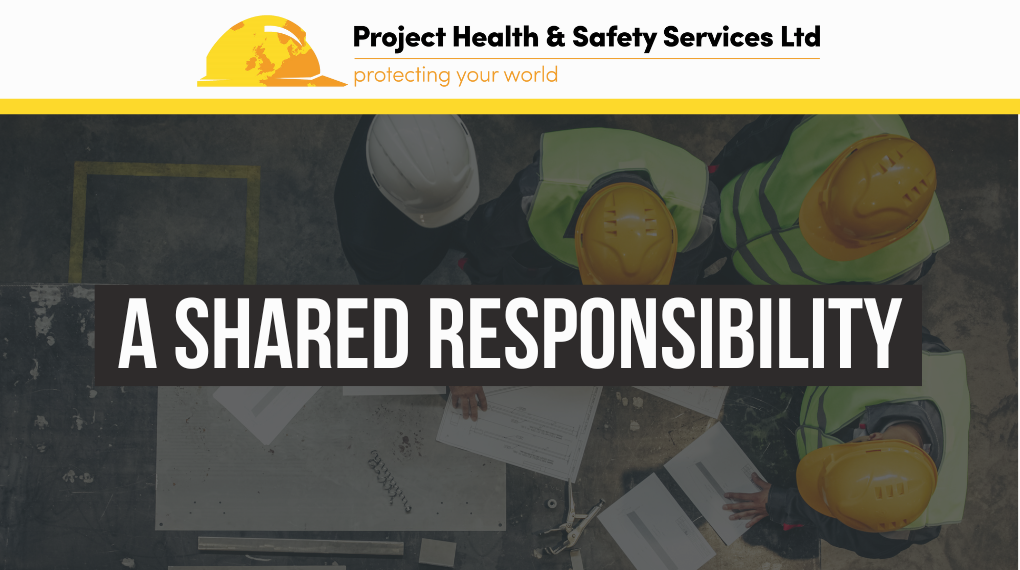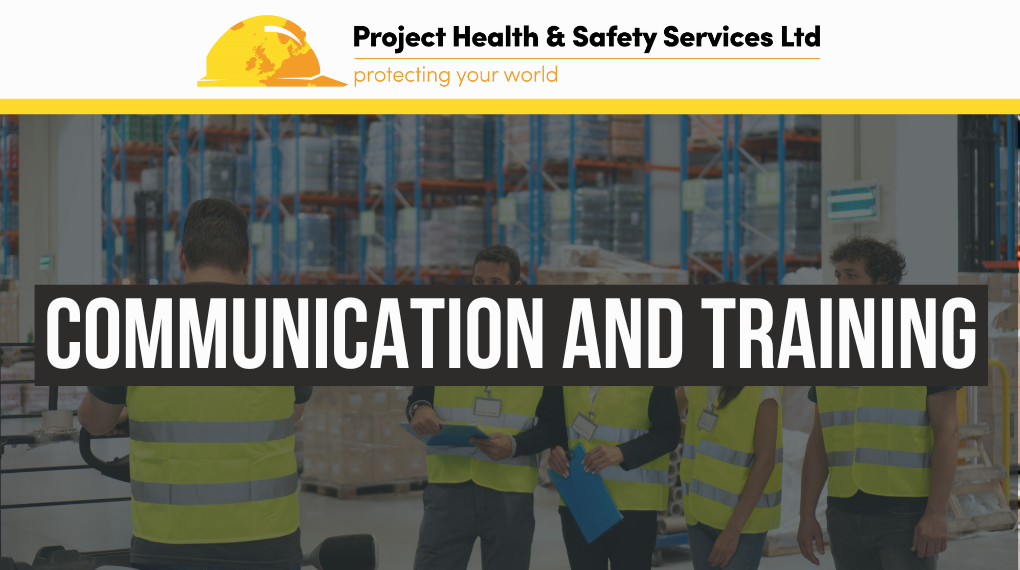What do you think of when you hear the words ‘health and safety’? Do you think of unnecessary interference, maybe unfair enforcement, or just downright ‘killjoys’? Or do you think of a core value that is significant in safeguarding employees’ health, safety and wellbeing, enhancing productivity, and strengthening businesses’ reputation?
Health and safety, once considered merely regulatory necessities, are gradually being perceived as core values that all businesses should adopt. However, there does still exist a negative stereotype around health and safety and the professionals who work in this sphere.
So, why are health and safety professionals often stereotyped as problem-makers rather than problem-solvers and how can we all help change the perception of health and safety?
Breaking Down Preconceptions
Health and safety’s negative reputation likely stems from misunderstanding as it is often used as an excuse to stop activities or disguise unpopular decisions. Often, health and safety is misperceived as burdensome, costing time and money while yielding minimal results. This perception couldn’t be further from the truth.
Proper health and safety protocols not only protect employees but also increase operational efficiency and productivity by preventing accidents and minimising downtime. Furthermore, significant business loss from hefty fines and litigation costs which can result from neglecting these crucial aspects can be avoided. Making this understanding prevalent is key to change.

Health and Safety Professionals: Not the Bad Guys
In the world of work, health and safety advisors are often misunderstood. Health and safety advisors have been stereotyped as rule-obsessed, non-negotiable party-poopers, that come along to spoil the fun with lists of rules and regulatory demands.
However their end goal isn’t about imposing rules but maintaining and improving safety, health and wellbeing. Health and safety advisors bring integrity and trust to their roles, backed by experience and expertise. A glance at their qualifications uncover impressive academic backgrounds, thorough training and a commitment to continuing professional development.
The robustness of their training and their keen eyes make them our best defence against workplace hazards. Despite the challenging stereotypes, they soldier on each day, driven by the passion to make a difference.
Framed in this light, can we continue to justify negative stereotypes against health and safety advisors?
Essentially, changing the perception of health and safety is an ongoing process, in which change must be driven by all. So, how can you help challenge the stereotypes in health and safety and promote a world where safety is prioritised and valued?

Encouraging a Safety Culture: The Key to Change
Promoting a positive health and safety culture is a crucial aspect of changing the perception. Rather than just focusing on complying with safety rules, organisations should strive to develop a culture where safety is an integral part of every task performed. In an environment where safety is everyone’s business, can we turn the norm from ‘something we have to do’ to ‘something we want to do’?
An ingrained positive health and safety culture takes proactive steps to avoid risk where possible and mitigate it where necessary, significantly reducing the likelihood of accidents. The value is limitless – enhanced productivity, fewer accidents and improved employee satisfaction and retention!
So how can you play your part and improve your organisations safety culture?

Widen the Lens
Does your current approach to health and safety encompass the complete spectrum of well-being – mental, emotional, and physical? The answer might be a straightforward no. Traditionally, the perception of health and safety solely focused on avoiding physical hazards and doesn’t cater to the broader aspect of securing mental and emotional well-being.
Understanding these broader aspects challenges the preconceived stereotypes of health and safety and will be the first step in encouraging changing this perception.

A Shared Responsibility
Ultimately, no single person or department bears the sole responsibility for health and safety. We all have a role to play. Developing this shared responsibility must be introduced at management level first. Without management taking health and safety seriously several obstacles will be faced such as ineffective policies and resistance to change.
To adopt a truly positive health and safety culture everyone must understand ensure that health and safety is integral to all business activities. This means communicating to employees that health and safety is crucial to business success. Making this part of your core values will drive a positive attitude and health and safety culture throughout the organisation.

Communication and Training
Changing perceptions about health and safety relies on effective communication. Open dialogues about the purpose and benefits of proper health and safety protocols are fundamental as well as engaging employees in the decision making processes. Whether it be asking about problems or suggestions, questions are absolutely invaluable in identifying the areas in need of development within the health and safety culture – so just ask!
Take a proactive rather than reactive approach.
Employees must be trained in workplace health and safety. An understanding of their responsibility for their own health and safety and that of others is essential and is not only crucial in the initial stages but should be ongoing as a constant refresh and reminder of the importance of a positive health and safety culture.
Find a wide range of training and eLearning courses here.
Finally…
Changing the perception of health and safety may seem like a daunting task, but with continuous training, creating a positive health and safety culture, and fostering open communication and understanding, we can make health and safety second nature.
To put it simply, it’s not just regulations, it’s about protecting the health, safety and wellbeing of everyone.
We’re here to guide and support any business towards a positive health and safety culture. Find out more information about our Cultural and Behavioural Programmes here.
It’s your health and safety, don’t live without it!













